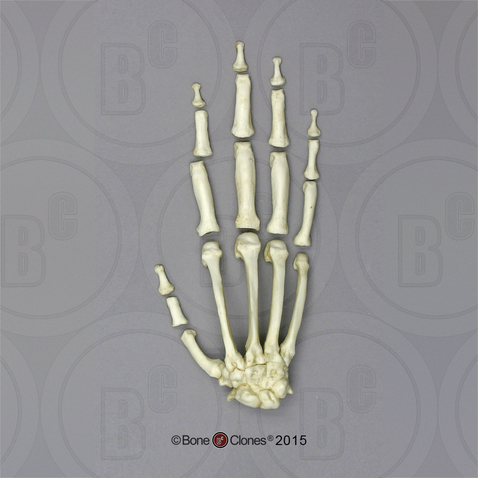

This cognitive complexity together with similar neuroanatomical features ( Zilles et al., 1989 Rilling and Insel, 1999 Gómez-Robles et al., 2013 Hopkins et al., 2014 Hopkins et al., 2017) and genetic proximity ( Waterson et al., 2005) renders these species unique among non-human primates to study the evolutional origins of the human condition. Experimental and observational studies, in both the field and in captivity, have documented a range of cognitive abilities that are shared with humans such as tool use and manufacturing ( Shumaker et al., 2011), symbolic thought ( de and Frans, 1996), mirror self-recognition ( Anderson and Gallup, 2015 Hecht et al., 2017) and some basic elements of language ( Savage-Rumbaugh, 1986 Savage-Rumbaugh and Lewin, 1994 Tomasello and Call, 1997) like conceptual metaphorical mapping ( Dahl and Adachi, 2013). IntroductionĬhimpanzees ( Pan troglodytes) along with bonobos ( Pan paniscus) represent the closest extant relatives of humans sharing a common ancestor approximately 7–8 million years ago ( Langergraber et al., 2012). Applying this approach to data from 194 subjects, we find strong evidence for human-like age-related gray matter atrophy in multiple regions of the chimpanzee brain, as well as, a general rightward asymmetry in brain regions. Additionally, we introduce a ready-to-use image processing pipeline built upon the CAT12 toolbox in SPM12, implementing a standard human image preprocessing framework in chimpanzees.
CHIMPANZEE HAND WIKIPEDIA REGISTRATION
In this study, we use structural MRI data from the National Chimpanzee Brain Resource (NCBR) to develop the chimpanzee brain reference template Juna.Chimp for spatial registration and the macro-anatomical brain parcellation Davi130 for standardized whole-brain analysis. In recent years, human brain mapping has strongly benefited from enhanced computational models and image processing pipelines that could also improve data analyses in animals by using species-specific templates.

Center of Functionally Integrative Neuroscience, Department of Clinical Medicine, Aarhus University, Denmark Ĭhimpanzees are among the closest living relatives to humans and, as such, provide a crucial comparative model for investigating primate brain evolution.

Structural Brain Mapping Group, Department of Psychiatry and Psychotherapy, Jena University Hospital, Germany.Structural Brain Mapping Group, Department of Neurology, Jena University Hospital, Germany.JARA-BRAIN, Jülich-Aachen Research Alliance, Germany.Institute for Anatomy I, Medical Faculty, Heinrich-Heine-University, Germany.Institute of Neuroscience and Medicine (INM-1), Research Centre Jülich, Germany.Department of Psychology, Georgia State University, United States.Department of Experimental Medicine, University of Copenhagen, Denmark.Department of Anthropology and Center for the Advanced Study of Human Paleobiology, The George Washington University, United States.



 0 kommentar(er)
0 kommentar(er)
